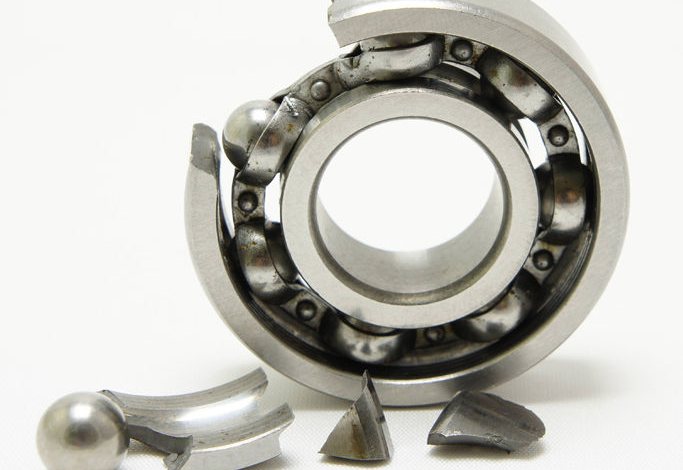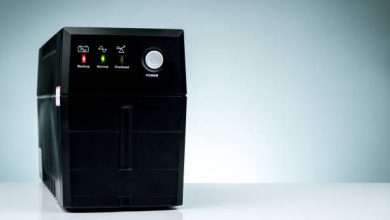
A ball bearing is a type of rolling bearing in which balls are use to maintain the distance between the bearing rings. A ball bearing is a common type of bearing that we are familiar with firsthand. It is a bearing consisting of a series of hard steel balls that roll between a metal sleeve mounted on a rotating shaft and an outer sleeve in the bearing housing, reducing friction between the moving parts while supporting the shaft. It is use in a variety of machines and other equipment to allow parts to rotate freely without friction.
The function of a ball bearing is to reduce rotational friction and to absorb radial and axial loads. This is accomplished by using at least two races in which the balls are placed and the load is transferred through the balls. In many functions, one of the races is stationary while the others are connected to a rotating assembly, such as a hub or perhaps a shaft. When a group of bearing rings rotates, the balls rotate as well. As they rotate, the balls have a much lower coefficient of friction than if two smooth surfaces were sliding against each other.
Ball bearings generally have a lower load-carrying capacity for their size than other types of rolling bearings because the contact area between the balls and the raceways is smaller. On the other hand, they can tolerate small displacements of the inner and outer rings.
Production categories include Conrad ball bearings, groove-filled ball bearings, row and flange ball bearings, caged ball bearings, hybrid ball bearings using ceramic balls, and self-aligning bearings.
They are widely use in mechanical engineering and in the wheels of vehicles such as cars, buses, and motorcycles. The service life of ball bearings calculated according to the operating speed and the load they carry. In general, ball bearings can last a very long time, but the actual lifespan depends on the operating conditions, the pressures they subjected to, and maintenance procedures. Therefore, they can also get into trouble due to improper operation, severe vibration, improper maintenance, etc.
The design life of a bearing depends on the load it carries and its operating speed. The average life of a bearing in the industry is inversely proportional to the cube load on the bearing. The formal maximum bearing load described in the SKF specifications for example maybe for one million revolutions, of which at 50 Hz, i.e. 3000 rpm, the life is 5.5 hours of operation. 90% of ball bearings in this class have at least that lifespan and 50% of ball bearings have at least five times that lifespan.
Ball-bearing problems can be numerous and varied. However, a few are common to all the different types. The first is noise. They can make a lot of noise in a piece of equipment or machine. Which can be annoying in the workplace or in a relatively quiet environment. This can limit the range of use of certain machines or equipment.
The second problem is corrosion. Most mechanical parts tend to corrode. Since most ball bearings are made of steel or metal. Excessive exposure to moisture or water can lead to corrosion, rust, decay, and even destruction. Worse, corrosion can sometimes damage or jam the equipment or machine they are in.
The third point is susceptibility to vibration. We all know that ball bearings in machines have to move or rotate very quickly. So they are susceptible to constant shock and vibration. Which can then weaken and hit various moving parts of the machine, causing damage that can destroy other moving parts.
Last but not least is the lack of lubrication. Lubrication is an essential part of the ball bearing maintenance. They are often lubricated to keep them moving smoothly and easily over metal. However, sometimes grease can accumulate around the ball bearings and cause them to jam against each other, causing the equipment or machine to fail or even stop working.
All of the above problems can occur if you don’t take care of your ball-bearing products. Therefore, if you want to avoid these problems and keep your ball bearings working properly. You should take steps to maintain them.
For details regarding ball bearings, please visit: https://www.abdultraders.com/





